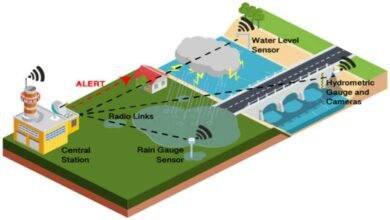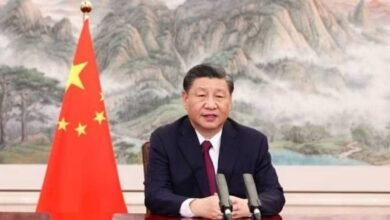Data Center Boom Pushes NJ Electricity Prices to Record Highs, Sparking Urgent Debate on Solutions

EWING, NJ – A surge in demand from the rapidly growing data center industry is the primary driver behind record-high electricity capacity prices, a trend that is expected to continue for the next decade, according to top energy experts. The news comes as New Jersey grapples with how to foster its high-tech ambitions without placing an unsustainable financial burden on its residents, who are already seeing higher utility bills.
The issue took center stage at a technical conference on resource adequacy hosted yesterday by the New Jersey Board of Public Utilities (NJBPU) at The College of New Jersey. The event was the first public forum to dissect the results of PJM Interconnection’s recent 2026/2027 Base Residual Auction (BRA), which secures future electricity supply for 67 million people across 13 states and Washington, D.C.
For the second consecutive year, the auction cleared at a record-high price, hitting a newly established cap of $325 per megawatt-day. This represents a 22% increase over last year’s auction, which itself saw an unprecedented 800% jump in prices. For many New Jersey ratepayers, the impact of last year’s auction has already been felt in the form of a 20% increase in their monthly electric bills.
A “Paradigm Change” Driven by Data Centers
During the conference, Dr. Joseph Bowring, the independent market monitor for PJM, delivered a stark forecast. He stated that capacity prices are likely to exceed the maximum cap for the next five to ten years, attributing the pressure almost entirely to the explosive and unpredictable growth of data centers.
“The real issue is the role of data center load growth,” Bowring explained. “It is not just part of demand growth. It is a paradigm change in the way the market is working.”
He noted that the secrecy surrounding data center operations, driven by security and competitive interests, makes it impossible to accurately forecast their energy needs. “The forecast is unverifiable,” he said, complicating any effort to plan for grid capacity.
As a potential solution, Bowring suggested that data centers should be required to “bring your own generation”—developing their own on-site power sources to meet their immense electricity needs rather than relying solely on the public grid.
A High-Stakes Debate for New Jersey’s Future
State regulators and business leaders are now wrestling with how to respond. NJBPU President Christine Guhl-Sadovy emphasized that the current situation is untenable for consumers.
“The status quo is not acceptable, and all options must be on the table to address capacity cost increases,” said Guhl-Sadovy. “We cannot have our consumers in New Jersey subsidizing the cost of large data centers coming online, particularly when—admittedly—the large data centers are willing to pay for a quicker time to power.”
However, she also cautioned against policies that might drive these valuable tech hubs to neighboring states.
This concern was echoed by Ray Cantor, Deputy Chief Government Affairs Officer for the New Jersey Business & Industry Association (NJBIA). In a recent article, Cantor argued that if New Jersey hopes to become the “AI innovation state” that Governor Murphy envisions, it must attract data centers, not punish them with higher rates or restrictive mandates.
He pointed to Pennsylvania, where Amazon recently announced a $20 billion investment in data centers, as a model to follow.
“Rather than discourage data center growth, we should be like Pennsylvania, which has developed ample energy supplies,” Cantor wrote. “New Jersey is on the sidelines watching its neighbor prosper. If we want to be a leader in AI, we need to also be a leader in energy development.”
As the state stands at a crossroads, policymakers face the complex challenge of balancing economic growth and technological leadership with consumer protection and grid stability.





